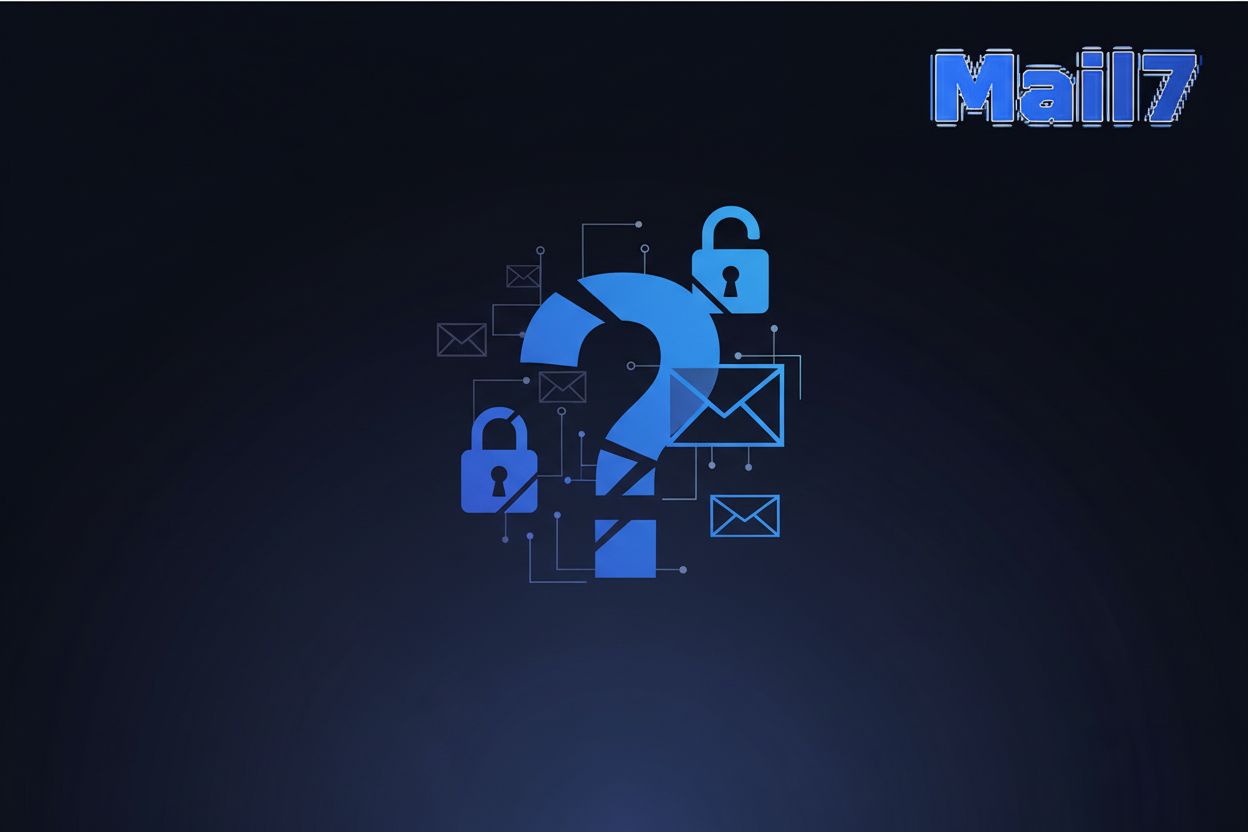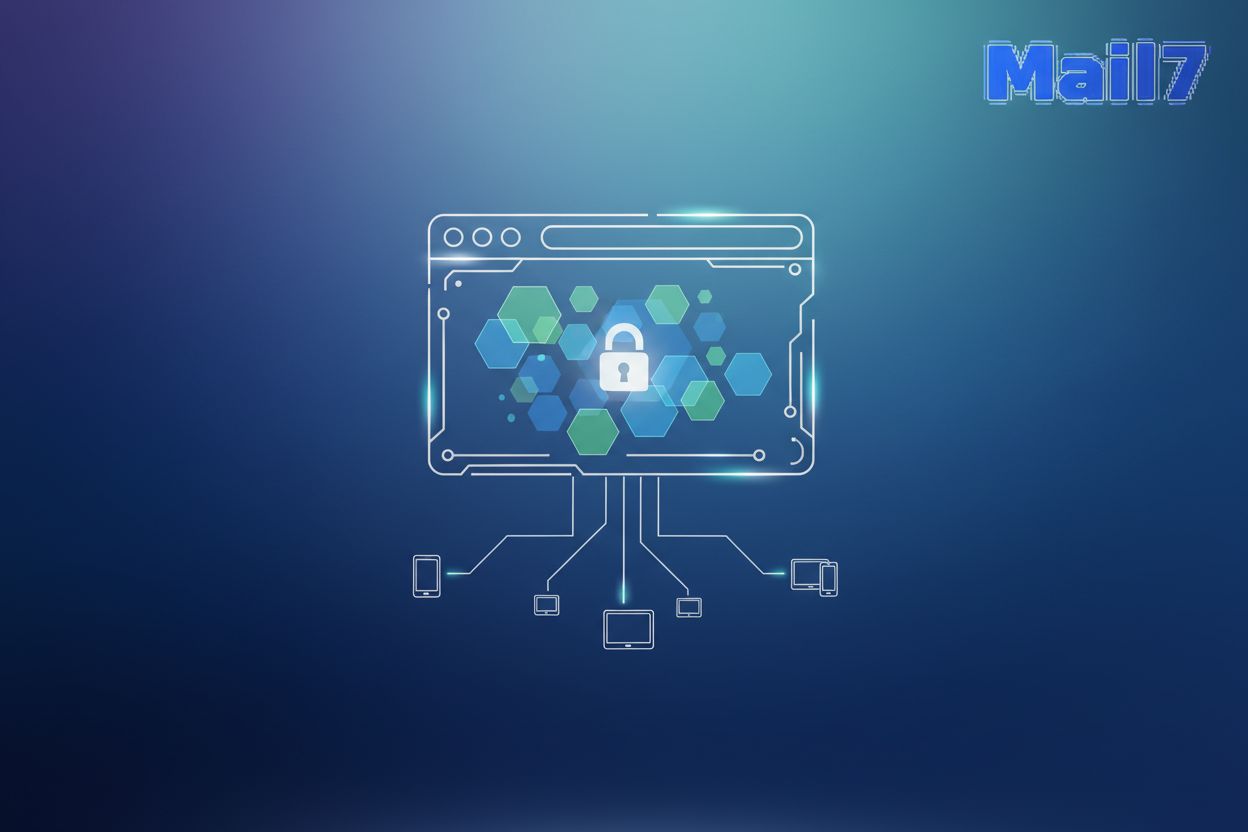Mastering Disposable Email Detection: A Developer's Toolkit
TL;DR
Understanding the Disposable Email Challenge
Disposable emails, they're a real pain in the neck for data integrity and security, right? But what makes 'em so tricky to catch?
- Temporary email addresses are basically made for short-term use. Users whip 'em up to avoid giving out their real email, often to get around registration hoops.
- These services, they're all over the place. Some are free and easy to grab, while others you gotta pay for, and they give you more bells and whistles. Some folks even run their own disposable email setups.
Disposable emails can totally mess up your analytics and give you bad data. Plus, they crank up the risk of spam and fake accounts.
Like, imagine a healthcare place struggling with wrong patient info. Or a shop getting skewed marketing numbers.
Getting this is the first step. Next up, we'll look at the old-school ways to spot 'em.
Traditional Disposable Email Detection Methods
Can you actually tell if an email's fake just by peeking at its MX records? Maybe, but it's not perfect. Let's see how checking Mail Exchange (MX) records can help sniff out disposable emails.
MX records tell you which mail servers handle emails for a domain. Looking at these records helps figure out if a domain's got a legit email setup, which can be handy for spotting disposable email domains.
- Finding Mail Servers: MX records show you the servers that are supposed to take email messages for a domain.
- Spotting Sketchy Domains: This trick helps find domains that don't have their email stuff set up right.
- DNS Lookups: Doing DNS checks on a domain helps confirm if its email setup is on the up-and-up.
But here's the thing – some disposable email services use totally legit MX records. So, this method by itself ain't foolproof, 'cause some services try hard to look legit.
While checking MX records adds a bit of a filter, it's not the whole story. Let's dive into how regular expressions can lend a hand.
Using Regular Expressions for Detection
Regular expressions, or regex for short, are super powerful for pattern matching in text. For disposable emails, you can use them to spot common patterns that often pop up in these temporary addresses.
Think about it: many disposable email providers use predictable naming conventions or domain structures. For instance, you might see domains with very short lifespans, or email addresses that include random strings of characters.
Here are a few examples of patterns you might look for with regex:
- Random character strings:
^[a-z0-9]{8,}- This could match an email address starting with at least 8 random lowercase letters or numbers, which is common in disposable emails. - Specific domain patterns:
.*@mailinator\.comor.*@temp-mail\.org- You can create patterns to match known disposable email domains. - Short-lived domain indicators: While harder to catch with just regex on the email itself, you could combine it with other checks. But for the email string, you might look for patterns that suggest a temporary nature.
By crafting regex patterns, you can flag emails that exhibit these characteristics, adding another layer to your detection strategy.
Advanced Detection Techniques for Developers
Disposable emails don't always wave a flag. The trick to advanced detection is a big-picture approach, mixing different methods to check if an email is legit.
Heuristic analysis looks at a bunch of things to figure out if an email is disposable. It goes beyond just simple blacklists by thinking about stuff like:
- Email Age and Activity: A brand-new, inactive email? That's kinda suspicious. You wanna look for emails that have been around and are used regularly.
- Weird Patterns: Strange signup patterns, like a bunch of accounts from the same IP address, are big red flags.
- Risk Scoring: You can mash these things together to get a risk score, which gives you a more nuanced idea than just a "yes" or "no."
For example, a healthcare place might flag a new email address with no history trying to get at sensitive patient info.
Behavioral analysis watches what users do after they sign up, using ai to guess if they're using a disposable email.
- Watching actions like super-fast account creation, failed logins, or weird transaction behavior.
- ai models can learn from data of disposable and legit emails, spotting subtle differences.
- Good algorithms include logistic regression, support vector machines (SVM), and neural networks.
Picture this: an e-commerce site spots a bunch of accounts made with different disposable emails but the same credit card; that screams potential fraud.
Real-time email verification apis give you instant validity checks, using lots of detection methods.
- APIs give you real-time validation, checking email addresses as users type 'em in.
- They use all sorts of methods, like domain checks, MX record tests, and heuristic scoring.
- APIs are easy to plug into your signup process.
As you think about these fancy methods, the next step is getting these techniques into your development workflow.
Integrating Detection into Your Development Workflow
Getting disposable email detection into your workflow might sound like a big job, but it's super important for keeping your data clean and secure. By putting checks in at different spots, you can stop disposable emails before they cause trouble.
- Client-side validation using JavaScript can stop submissions with known disposable domains. For instance, you can use a simple script to check the domain against a list of known disposable email providers. It's a good idea to keep this list updated though, 'cause new disposable services pop up all the time.
- Server-side validation is a must for data integrity, giving you a final line of defense. Cleaning up email addresses and securely handling data are also key steps.
- Mail7 helps make your testing easier. You can create disposable email addresses, get emails in real-time, and automate your email testing workflow using Mail7's api. Mail7's Disposable Email Testing api is great for this, offering fast email delivery and enterprise-grade security. Plus, their developer-friendly REST api comes with all the docs you need.
Mail7 offers unlimited test email reception too.
Next, we'll check out the tools and libraries you can use for disposable email detection.
Tools and Libraries for Disposable Email Detection
Ready to automate spotting disposable emails? There are a bunch of tools and libraries that can make the process smoother. Let's look at some options to boost your development workflow.
Open-source libraries are a flexible, cheap way to detect disposable emails. You get to benefit from community updates and tweak the library to fit what you need. For example, the erag/laravel-disposable-email package is a solid choice for Laravel projects, with a big database of disposable email domains.
Want the whole package with advanced features? Commercial email verification services give you real-time validation and detailed analytics. When you're picking one, think about how accurate it is, the price, and how easy it is to plug in, to make sure it fits your project. Some popular ones include ZeroBounce, NeverBounce, and Hunter.io.
As you weigh your choices, the next step is testing and keeping your disposable email detection system in good shape.
Best Practices for Preventing Disposable Email Abuse
Worried about disposable emails sneaking past your defenses? Let's go over some best practices to keep your platform safe and your data solid.
MFA adds another layer of security to user accounts. It mixes email verification with other methods like phone number checks or fingerprint scans. For instance, a user might need to type in a code sent to their phone on top of verifying their email.
- MFA makes it harder for fraudsters to use disposable emails for bad stuff.
- It makes sure that even if a disposable email gets past the first checks, the account stays secure.
- A finance place might need SMS verification for transactions over a certain amount.
Watching what users do helps spot suspicious patterns. Flag accounts with weird activity or high-risk profiles. Use analytics to catch and stop disposable email abuse.
- Keep an eye on things like how often they log in, how many transactions they do, and how many times they ask to reset their password.
- Behavioral analysis can show patterns that point to disposable email abuse.
- An online learning platform might flag accounts that quickly sign up for tons of courses without actually doing the work.
The world of disposable email services is always changing. Keep up with new services and tricks. Change your detection methods to fight off new threats.
- Jump into industry forums and groups to swap knowledge and best practices.
- Constantly update your blacklists and detection algorithms.
- Read industry blogs and security reports to stay in the loop about the latest trends.
Since email validation is getting more complicated, a multi-part approach is key. Staying informed and being proactive is still super important in the fight against disposable emails. That's all for our look at disposable email detection.








